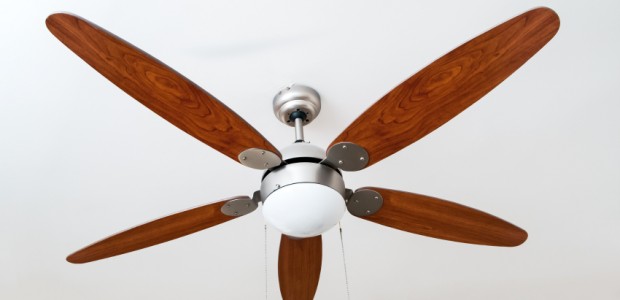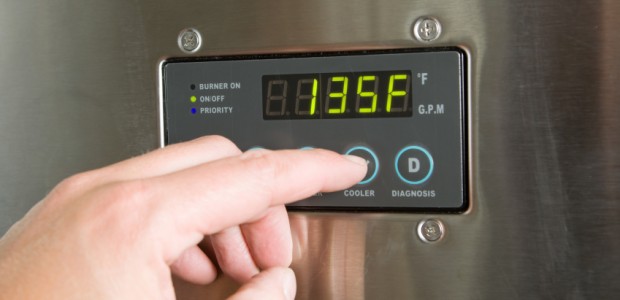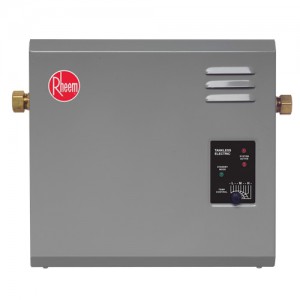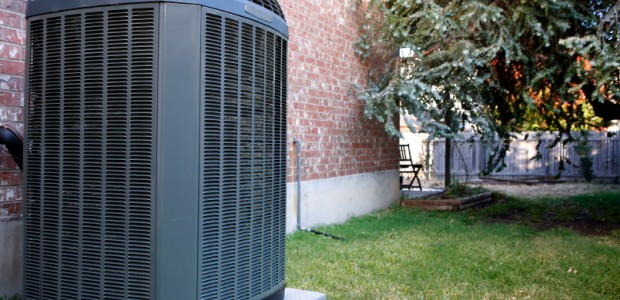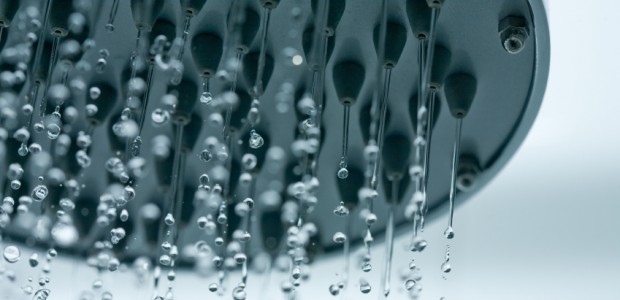Everyone who lives in a climate that gets over 80° is interested in reducing energy costs. Installing a ceiling fan is one way that you can save some money and stay cool in the summer.
Why a ceiling fan
An important tidbit of information to remember is that ceiling fans don’t lower the temperature in the room, they just provide a breeze that can help make you feel up to 5° cooler. However the movement of the air inside the house in the summer may be enough to lower the thermostat a couple degrees, thus saving you a few dollars on your electric bills. Ceiling fans cool you off which will help reduce the temptation to keep lowering the thermostat. It is important to remember to make sure the blades are rotating counter-clockwise for a “cooling” effect.
Where to put a ceiling fan
If you are remodeling your home or having a new home built, don’t forget to order the wiring for a ceiling fan in every room (where you could possibly want one), even if they don’t get installed right away. It is much cheaper to have the rooms wired in the remodel/building stage than after the fact. It’s a good idea to put a ceiling fan in every room where your family spends a lot of time (kitchen, family room, living room, the den, and of course the bedrooms).
What ceiling fans won’t do
Ceiling fans won’t keep your home cool if you leave them on when you aren’t home. They don’t cool the air, they just provide you with a breeze that cools you off. If you leave your fan on in the room when you aren’t there you aren’t saving energy – you’re wasting it!
